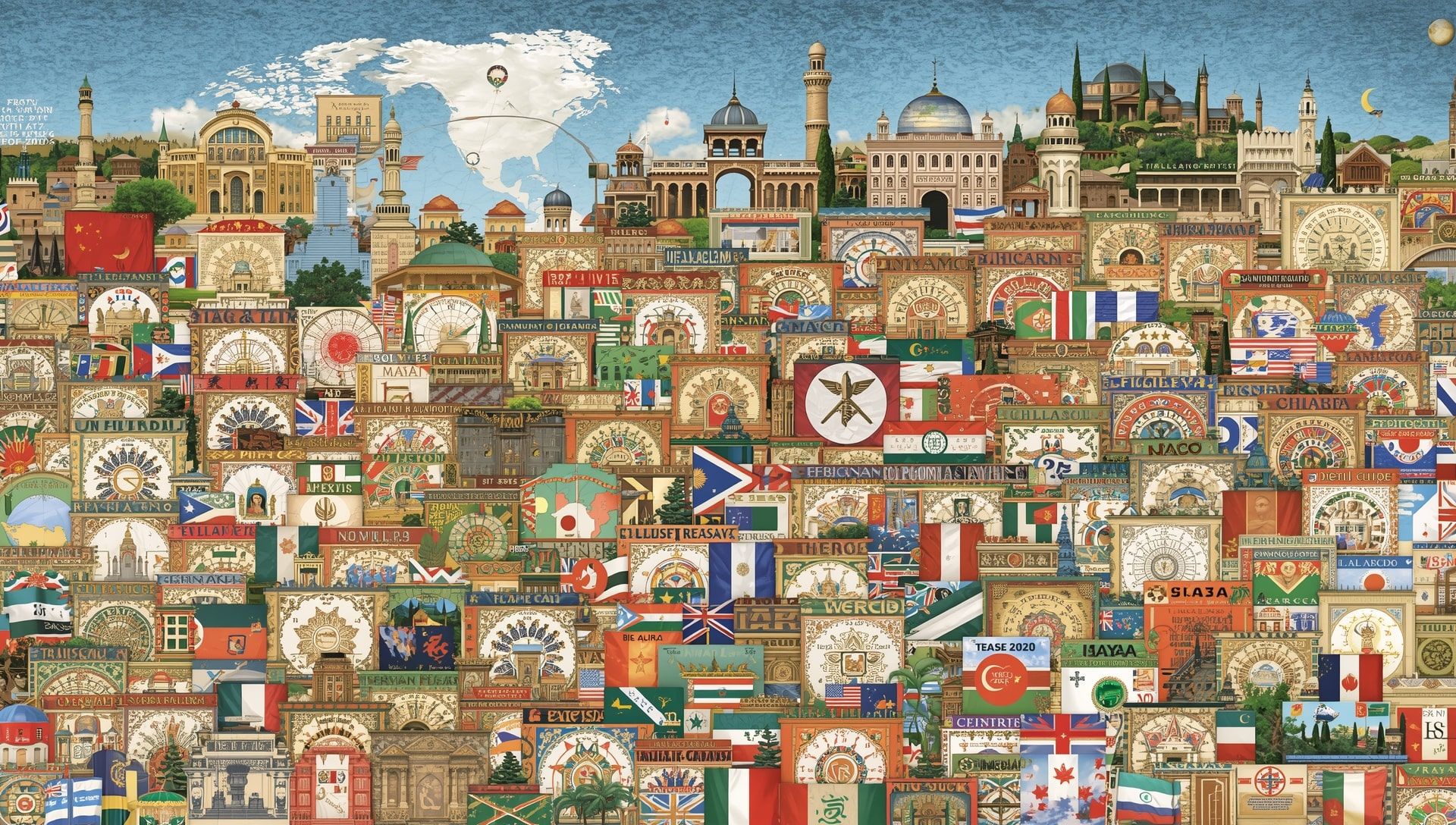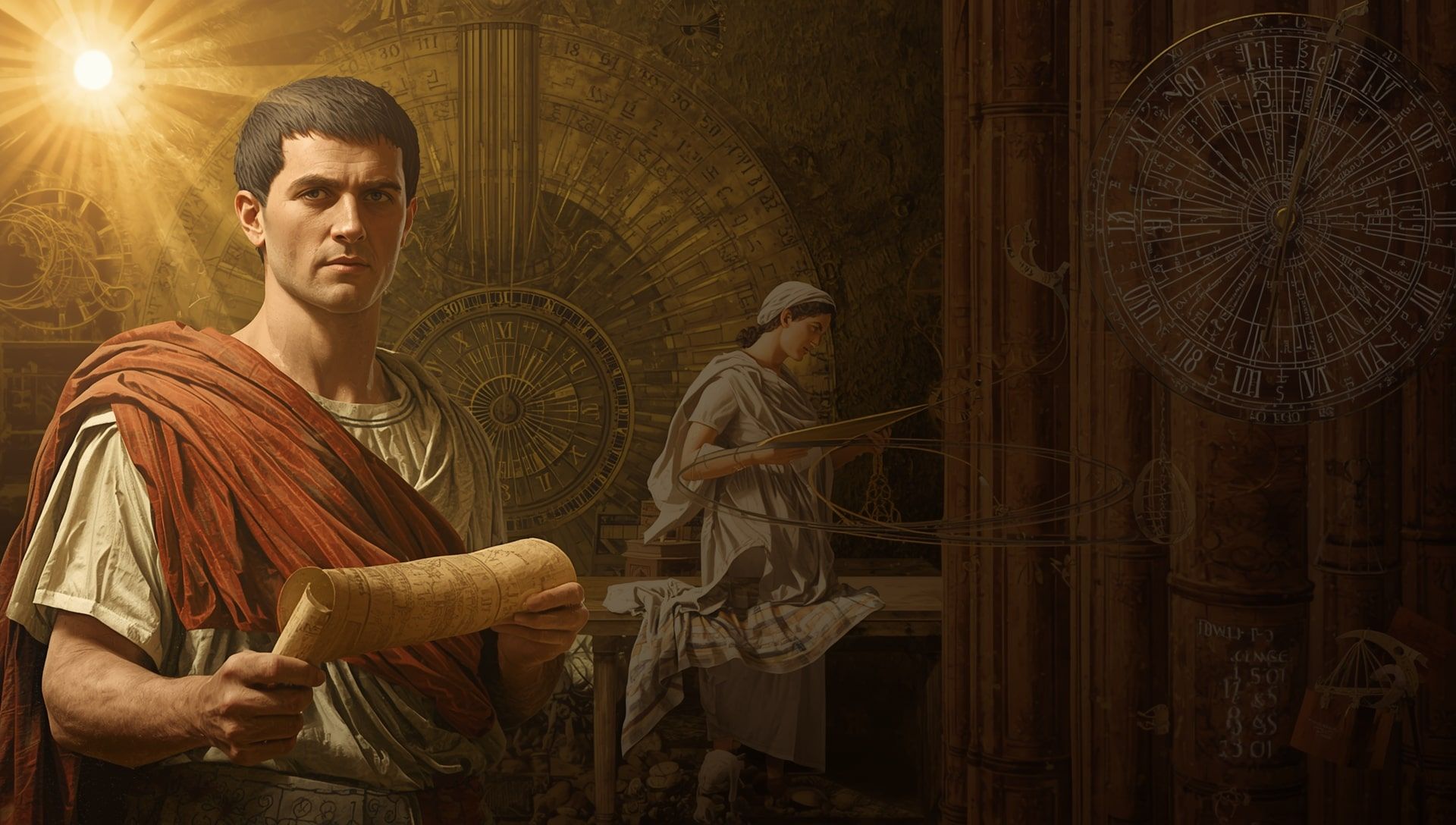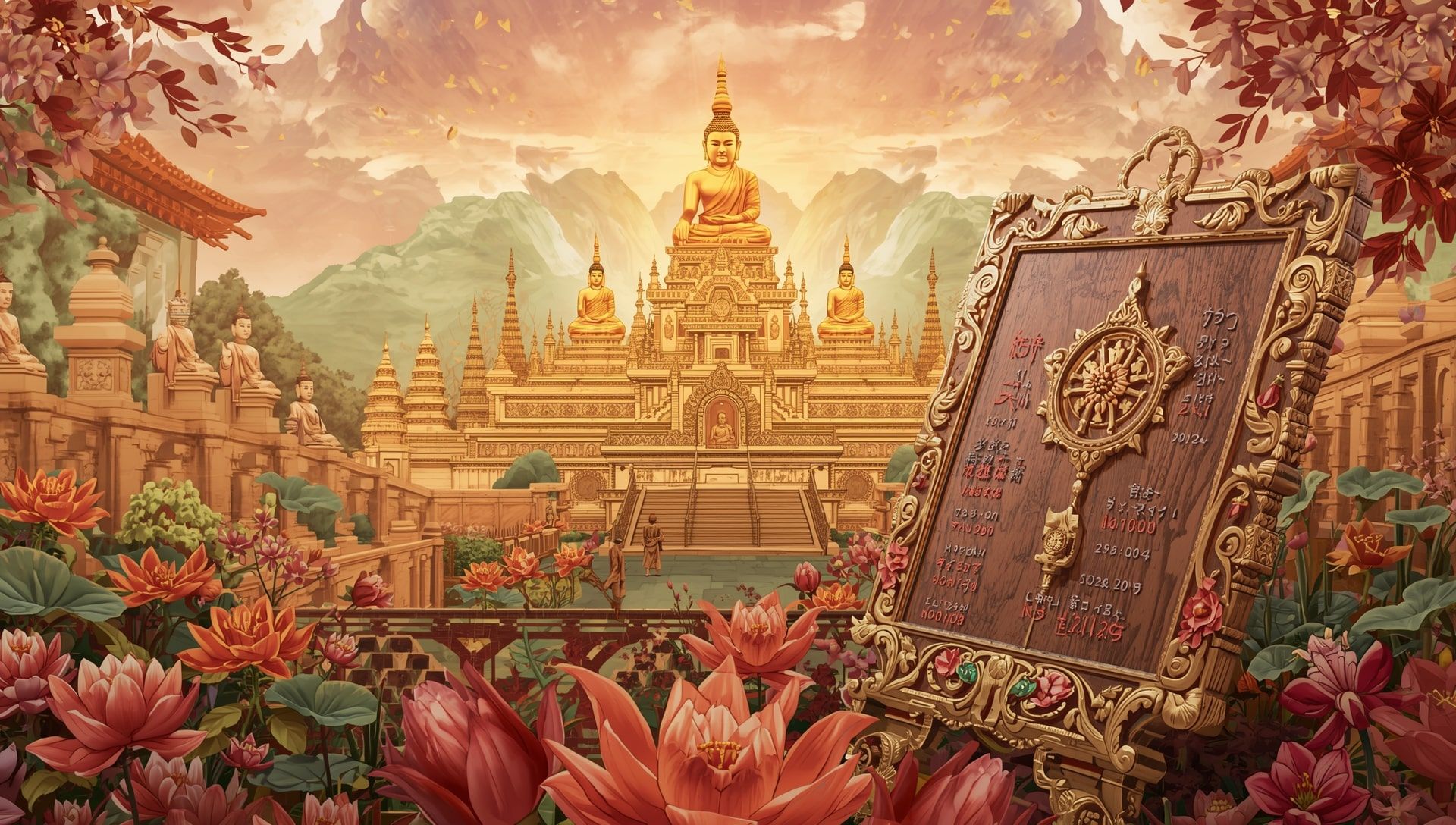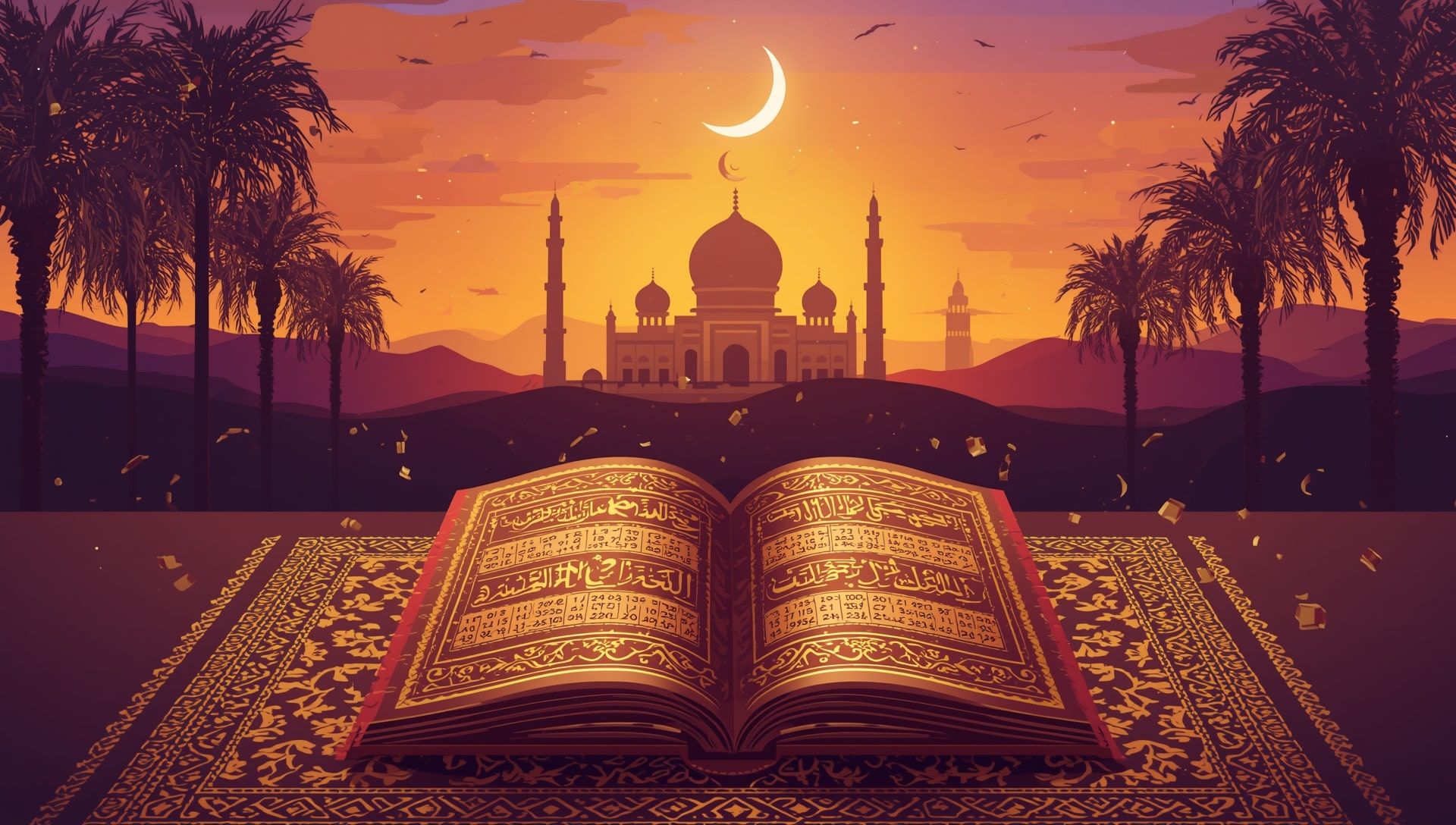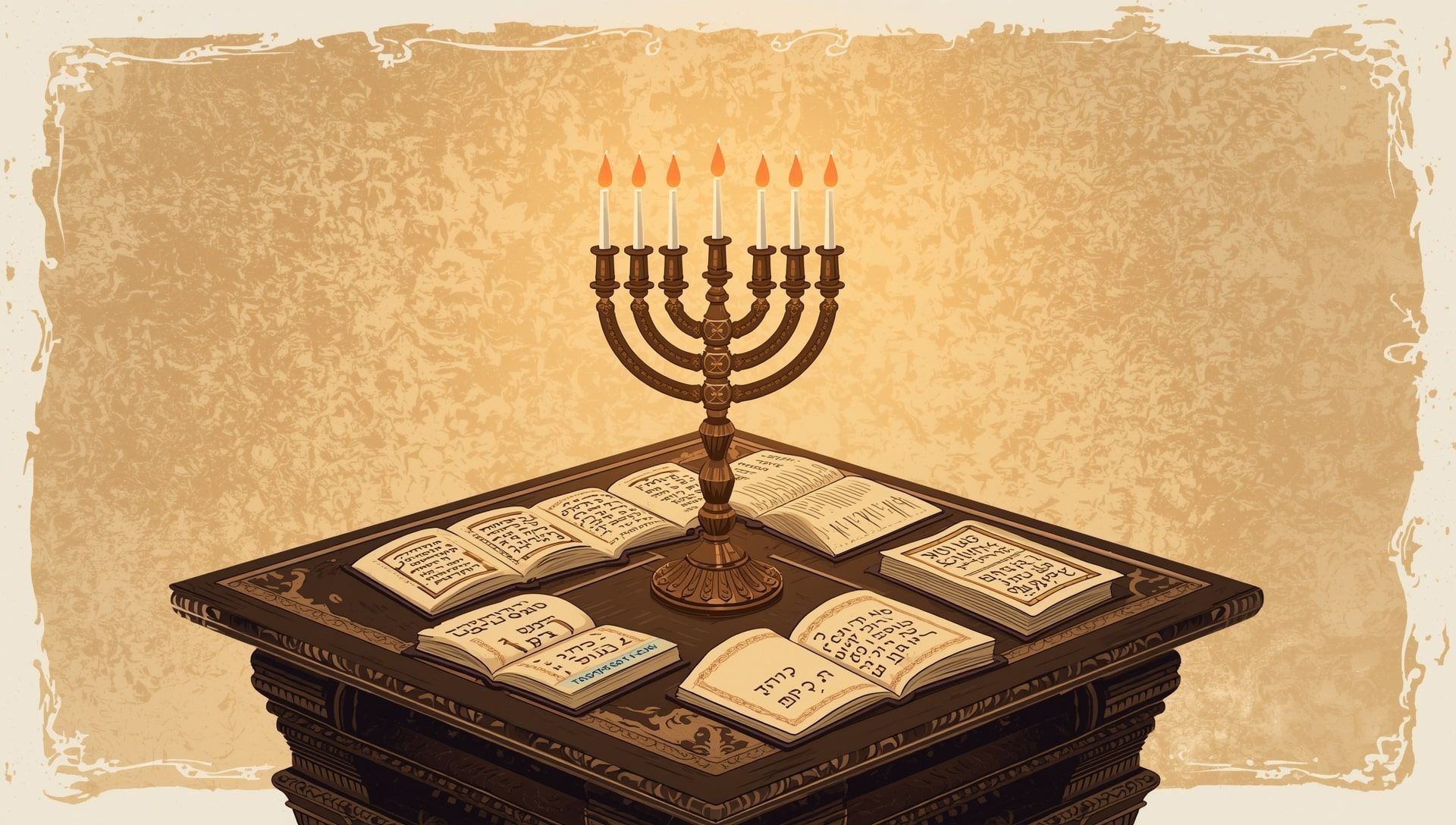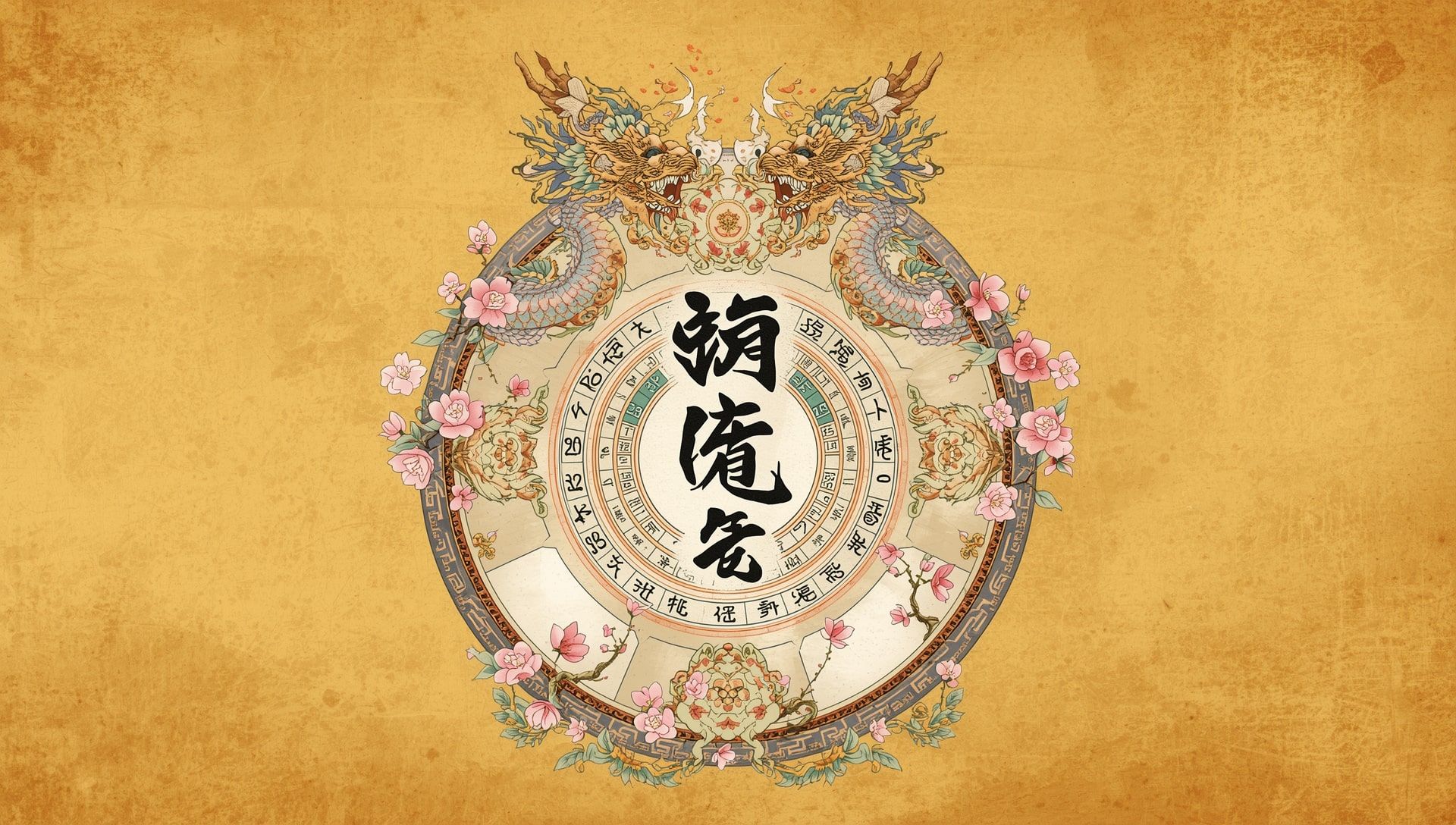- Not all countries use the Gregorian calendar exclusively; many follow or combine other traditional systems.
- Major global calendars include the Gregorian, Islamic (Hijri), Hebrew, Chinese, Hindu, and Buddhist systems.
- Each calendar measures time differently based on the Sun, Moon, or both.
- Understanding these calendars deepens cultural awareness and improves international coordination.
Most people check dates using the Gregorian calendar without thinking about it. Yet across the world, many communities still measure time using systems rooted in astronomy, religion, and tradition. These calendars are more than tools for scheduling; they express how different cultures understand life’s rhythm. From lunar months to solar years, these diverse time systems continue to shape holidays, harvests, and human history.
The Gregorian Calendar: The Global Standard
The Gregorian calendar is the most widely used civil calendar today. Introduced by Pope Gregory XIII in 1582, it corrected errors in the earlier Julian calendar that caused the equinoxes to drift. By slightly shortening the year to 365.2425 days and refining leap year rules, it aligned more closely with Earth’s orbit around the Sun.
While first adopted by Catholic countries, it spread through trade, colonization, and diplomacy. Today, nearly every nation uses the Gregorian calendar for official business, even if they maintain other calendars for religious or cultural events.
The Gregorian calendar skips leap years on century marks unless divisible by 400. For example, 2000 was a leap year, but 1900 was not. Learn more about how leap years work in our detailed breakdown.
The Islamic (Hijri) Calendar
The Islamic calendar, known as the Hijri calendar, is purely lunar. It consists of 12 lunar months, totaling about 354 or 355 days. Because it does not adjust to match the solar year, Islamic months move backward by about 11 days each year relative to the Gregorian calendar.
This means Islamic holidays, such as Ramadan and Eid al-Fitr, shift across seasons over time. The calendar begins from the year 622 CE, when Prophet Muhammad migrated from Mecca to Medina, an event known as the Hijra.
| Key Facts | Details |
|---|---|
| Type | Lunar |
| Months | 12 (29 or 30 days each) |
| Cycle Length | 354 or 355 days |
| Epoch | 622 CE (Hijra) |
Islamic countries such as Saudi Arabia and parts of Indonesia use the Hijri calendar for religious observance while using the Gregorian system for civil administration. Many digital calendars, including time.now’s calendar tools, now display both systems side by side for convenience.
The Hebrew Calendar
The Hebrew calendar, used in Jewish tradition, is lunisolar, meaning it aligns both the Moon’s cycles and the Sun’s yearly path. It contains 12 months of alternating lengths and adds a 13th month roughly every three years to keep festivals in their proper seasons.
This intercalation keeps Passover in spring and Rosh Hashanah in autumn. The Hebrew year count begins from what tradition marks as the creation of the world, dated to 3761 BCE.
The Hebrew calendar’s leap months follow a 19-year cycle known as the Metonic cycle, ensuring long-term seasonal alignment similar to some time zone adjustments we use today.
The Chinese Calendar
The Chinese calendar is one of the most influential traditional systems still in use. It is lunisolar, combining solar years with lunar months. Months start with each new moon, and a leap month is inserted when needed to keep festivals like Lunar New Year aligned with the solar cycle.
Every year in the Chinese calendar is also tied to one of twelve zodiac animals and one of five elements. This creates a 60-year cycle rich in symbolism, closely linked to Chinese zodiac traditions.
| Type | Lunisolar |
|---|---|
| Months | 12 or 13 (with leap month) |
| Zodiac Cycle | 12 Animals × 5 Elements = 60 Years |
| Major Holiday | Chinese Lunar New Year |
China officially follows the Gregorian calendar for civil life but celebrates traditional holidays according to the Chinese system. Other East Asian countries, including Korea and Vietnam, share similar calendar traditions with local variations.
The Hindu Calendar
The Hindu calendar, known in various forms such as Panchang or Panchanga, is one of the oldest time systems still in use. It is lunisolar and deeply tied to astronomy and religion. India has multiple regional variants (like Vikram Samvat, Shaka Samvat, and Tamil calendars), each aligning festivals and agricultural activities to celestial movements.
Each month corresponds to the Moon’s cycles, while solar calculations determine seasons. Leap months, called Adhika Masa, are added to keep lunar and solar years synchronized. Major Hindu festivals such as Diwali, Holi, and Navaratri follow this calendar, often appearing differently on global world clocks depending on location.
- Hindu calendars differ by region but share the same astronomical foundation.
- Months start with new or full moons depending on tradition.
- Leap months keep festivals aligned with the seasons.
- Used for religious and agricultural observances across South Asia.
The Buddhist Calendar
The Buddhist calendar, used in countries like Thailand, Cambodia, and Myanmar, is also lunisolar. It is closely related to older Hindu timekeeping systems but uses different epoch years. The Buddhist Era (BE) begins 543 years before the Gregorian calendar’s Common Era, marking the time of Buddha’s passing into Nirvana.
For instance, the Gregorian year 2025 corresponds to the Buddhist year 2568. Festivals such as Vesak, which celebrates Buddha’s birth, enlightenment, and death, follow lunar cycles and are often tracked alongside cultural event calendars.
The Persian (Solar Hijri) Calendar
The Persian calendar, or Solar Hijri calendar, is officially used in Iran and Afghanistan. It is solar-based and begins on the vernal equinox, marking the start of spring in the Northern Hemisphere. The calendar’s accuracy rivals or exceeds the Gregorian system, as it relies on direct astronomical observation similar to how IANA time zone standards maintain global consistency.
Each Persian year begins with the festival of Nowruz, symbolizing renewal and light. The months follow the solar path, keeping seasons perfectly aligned.
| Calendar Type | Solar |
|---|---|
| Year Start | Vernal Equinox (around March 21) |
| Epoch | 622 CE (Hijra) |
| Official Users | Iran, Afghanistan |
Other Regional Calendars
Beyond these major systems, many regions preserve local calendars for cultural and agricultural use:
- Ethiopian Calendar: Solar, with 13 months (12 of 30 days, plus one short month); runs about 7–8 years behind the Gregorian calendar.
- Balinese Pawukon Calendar: Based on a 210-day cycle used for rituals and festivals in Bali, Indonesia.
- Thai Solar Calendar: Derived from the Buddhist system but aligned with the Gregorian year count.
- Japanese Traditional Calendar: Formerly lunisolar, now purely Gregorian, but retains zodiac influence for cultural events.
Why Calendar Diversity Still Matters
Even in a globalized world, calendar diversity continues to shape daily life. Religious observances, planting cycles, and national holidays still rely on traditional systems. For instance, businesses in the Middle East schedule around the Islamic calendar, while Chinese families plan major reunions according to lunar festivals.
Digital tools like time conversion tools and integrated calendar platforms make it easier to coordinate across systems and regions, promoting cultural understanding and smoother international collaboration.
How Different Calendars Reflect Human Identity
Each calendar tells a story about its people. The Gregorian system focuses on scientific precision, the Islamic on faith and lunar beauty, the Hindu on cosmic balance, and the Chinese on harmony between Earth and Heaven. Together, they reveal humanity’s shared fascination with the passage of time and our endless attempt to measure and give it meaning.
Understanding these systems reminds us that time is not just a mechanical count but a mirror of culture, belief, and imagination. Whether one celebrates Nowruz, Diwali, or New Year’s Eve, every calendar speaks the same universal truth - Our lives move in cycles, each year a return and a beginning all at once, much like the concept of perpetual calendars that symbolize the ongoing rhythm of time.
